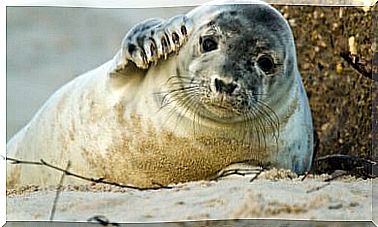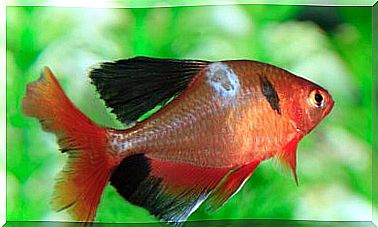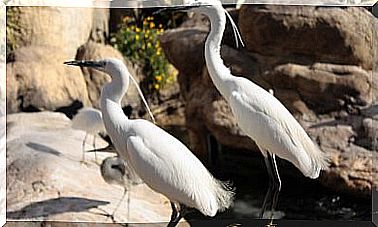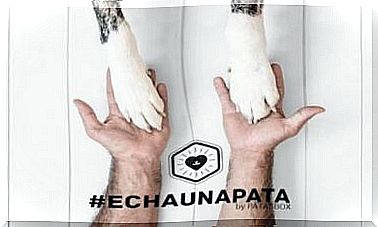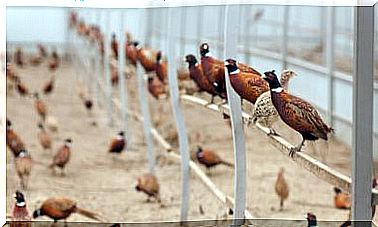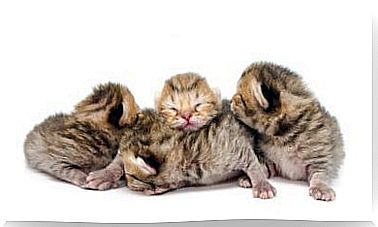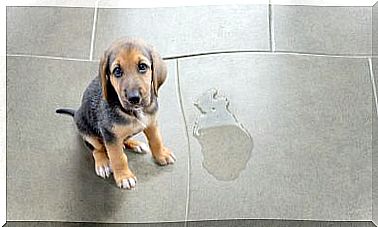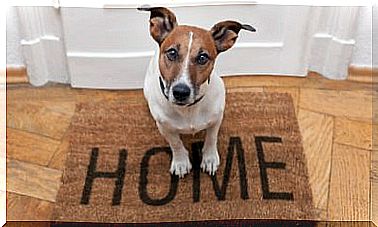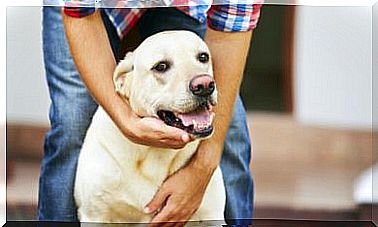How To Put An Overweight Dog On A Diet
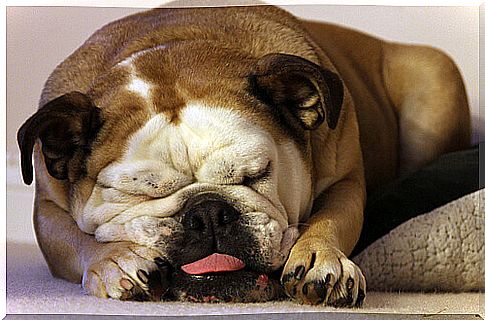
Animals can also become overweight just like people. Not long ago we told you about a puppy who was able to lose 25 kilos to improve his health.
Being overweight can bring serious health problems, especially cardiac, to animals. It is important that if you think your dog is overweight, you put him on a diet to preserve his good health. This way you avoid future problems.
How to know if my dog is overweight

Although being overweight is something normally visible, every dog is different. The fact that a dog does not seem fat to us does not mean that it is not overweight. See how you can tell if your furry is overweight:
- If your waist is no longer visible. Dogs have a shape. Thus, looking at it from above can let us know if our dog is obese. If when you look at it from above it looks round, cylindrical, tube-shaped or we could even say barrel, without any shape at the waist, it means that it has an accumulation of fat that must be eliminated.
- If your belly doesn’t rise. Normally, when we look at a dog from the side, its belly rises upwards. This means that your weight is normal. It is noted by an upward curve towards the thorax. When this curve does not exist and the belly is like creating a crescent, it means that the dog is overweight.
Other tips to detect overweight
- You can’t touch his ribs. A dog that is normal weight, marks the ribs or is easy to touch. However, neither will happen to an overweight dog. If your furry dog can’t see his ribs, you try to touch them and you can’t, he is surely overweight.
- Gasping when exercising. An overweight dog, just like people, will become excessively tired when exercising. If your dog used to love to go for a walk, run, play, or even jump in the rain, and now he refuses to do any of these things, being overweight may be getting to him. If he does them and tires too quickly, making repeated gasps, there is no doubt that your dog needs to go on a diet.
How to help an overweight dog
If after investigating the consequences of being overweight you have come to the conclusion that your dog has it or could have it, it is necessary that you go to the vet to find out where it is.
Sometimes it can just be something not so serious. But there are serious occasions, like the puppy that lost 25 kilos that we talked about at the beginning, which had to be operated on. Your vet will be able to determine the situation and advise you on what to do to improve it.
Helping your dog if he is overweight is vital to his health. Being overweight can lead to depression, heart problems, joint problems, and even failure of other vital organs in your body.
Recommendations to avoid canine excess weight
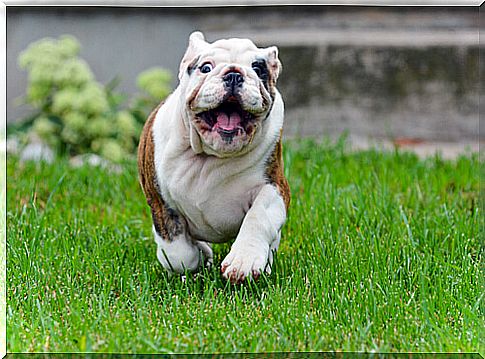
In addition to the recommendations that your veterinarian gives you, this is what you can do at home:
- Do not give him anything that is not I think. One of the main causes of excess weight in animals is giving them food that is not what is prepared for them. The food we eat has fat and other components that they are not prepared to digest.
- Exercise. It depends on the kilos that your animal has excess, you should do one type of exercise or another. If you have too many left over, vigorous exercise may harm you rather than help you. Start with light exercises and as the animal loses weight you can intensify it. However, it is important that you establish an exercise routine that helps you lose your weight.
- Doses your food. There are people who think that dogs need to eat three times a day like we do. But that’s not true. Animals need a certain dose of food daily, and this can be provided in one or more feedings. The most advisable thing is that every day you weigh the food that your animal has to eat throughout the day. If you think that giving it only once your animal will not settle, distribute it two or three times but do not vary the amount.
If you follow these tips together with those that the veterinarian gives you, you will get your dog to lose weight and therefore have good health and be a happy animal.
Lead Image Author: Rob Simmonds
